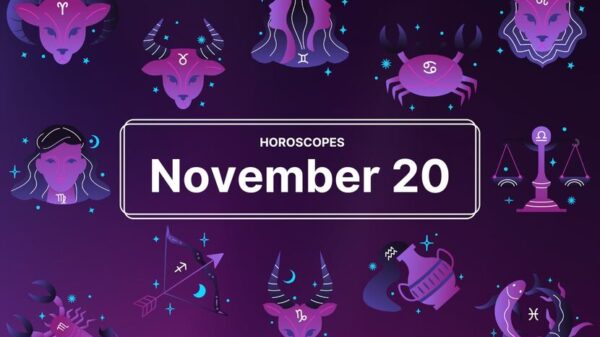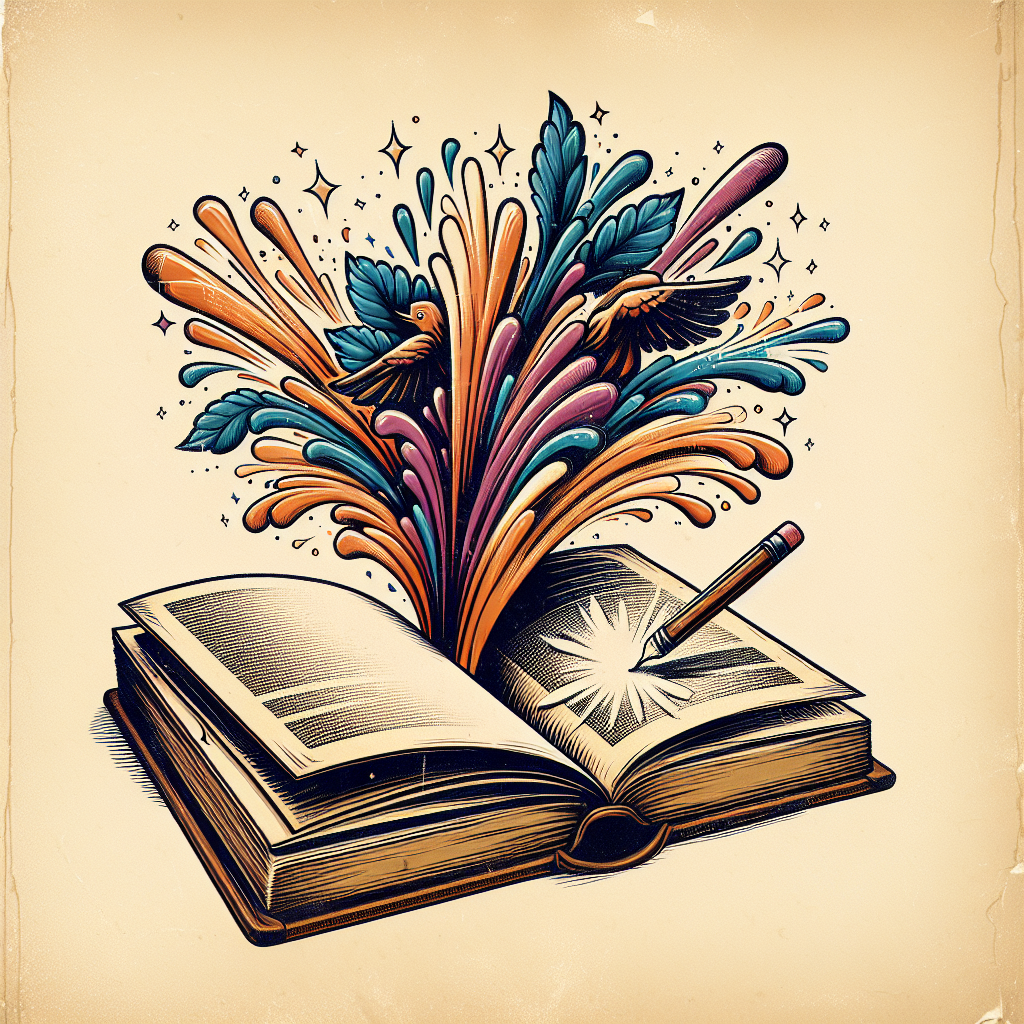The literary landscape is witnessing a resurgence in the transformation of existing works into expanded editions, allowing authors to enrich beloved narratives for both dedicated fans and new audiences. This practice not only revitalizes classic texts but also offers deeper insights into the creative intentions behind well-known stories.
The Appeal of Enhanced Literary Works
Expanded editions often contain additional content that enhances the original work, such as supplementary chapters, author’s notes, or previously unpublished material. This added depth can provide readers with a comprehensive understanding of the text and the context in which it was created. For example, editions of classic novels like George Orwell’s “1984” include essays that highlight its relevance to contemporary discussions about personal freedom and surveillance, sparking renewed interest in the narrative.
As society evolves, so does the lens through which literature is examined. Authors revisiting their works can draw connections between their narratives and current events, offering fresh perspectives that resonate with today’s readers. This engagement not only reaffirms the significance of these texts but also invites new interpretations and discussions.
Bridging Generations Through Expanded Editions
One of the key benefits of producing expanded editions is the ability to introduce classic works to younger generations. As cultural contexts shift, modern editions often include historical context and societal commentary that make these texts more relatable. For instance, expanded editions of Jane Austen’s “Pride and Prejudice” or Mary Shelley’s “Frankenstein” might feature analyses of their adaptations in film and television, appealing to a contemporary audience while preserving their literary heritage.
The inclusion of “lost” content, such as deleted scenes or alternative endings, can also captivate fans. When authors share insights into their creative processes, it transforms the reading experience into a dialogue between the writer and the reader. This connection can enhance emotional engagement and deepen appreciation for the original work.
While the process of creating expanded editions can be enriching, it also raises significant ethical questions. Authors and editors must consider the integrity of the original narrative and the implications of adding new content. Ensuring that enhancements complement rather than detract from the original story is essential. This is particularly important for works created by authors who are no longer alive, as their legacy and intentions must be respected.
Expanded editions not only breathe new life into cherished literary works, they also foster an ongoing cultural discourse. By providing additional dimensions to these texts, they invite readers to explore timeless narratives in meaningful ways. As we navigate an increasingly complex world, these revitalized works become essential tools for promoting dialogue, reflection, and a shared appreciation of the enduring power of literature.
Ultimately, the transformation of existing works into expanded editions serves as a reminder of the timeless relevance of literature. By connecting the past with the present, they invite readers from all walks of life to engage with stories that continue to resonate across generations.



































































